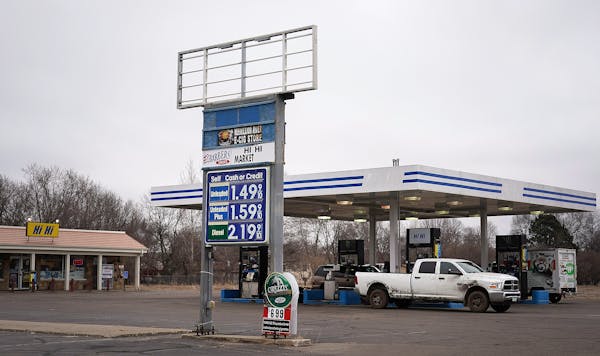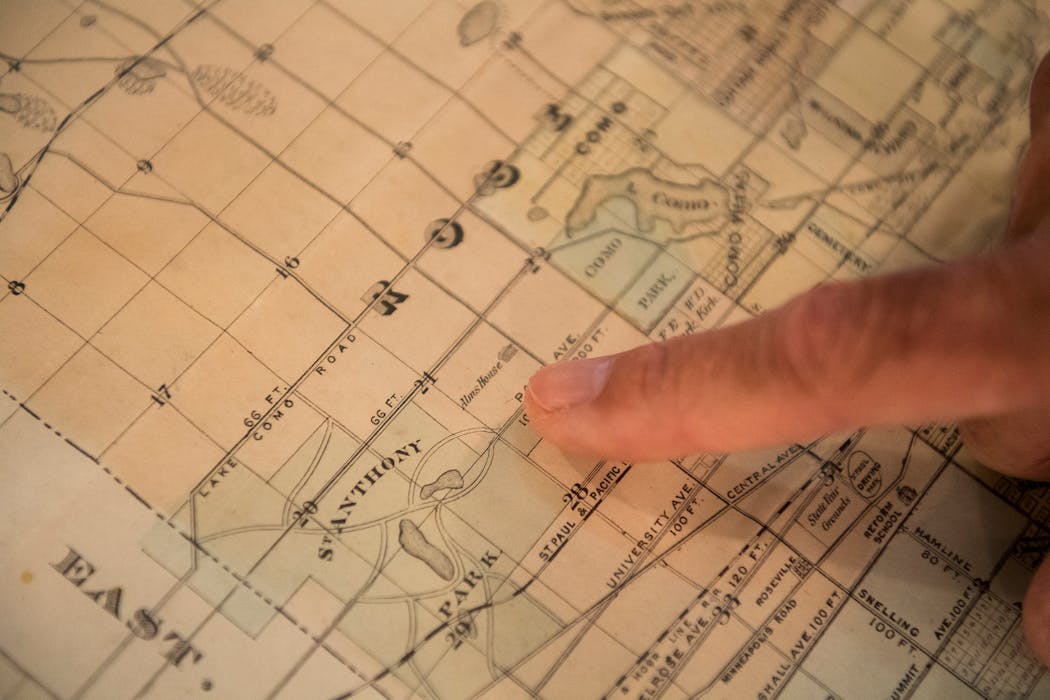Why do tiny Minnesota cities like Lauderdale, Landfall and Falcon Heights exist?
Listen and subscribe to our podcast: Via Apple Podcasts | Spotify | Stitcher
When architect Mauricio Ochoa moved to the Twin Cities a decade ago, he quickly realized Twin was actually a bit of a misnomer.
The metro area actually includes dozens of independent cities — often referred to now as suburbs — all with their own governments, rules and regulations. Ochoa, originally from Honduras, said it's very different from other parts of the world — think Paris, Mexico City — and even portions the United States, including New York City and Houston where the core cities are more geographically dominant.
Ochoa asked Curious Minnesota, our community-driving reporting project, "Why do tiny cities like Lauderdale, Landfall, Lilydale and Falcon Heights exist?"
“There is a lot of community identity wrapped up in self-governance.”
It is true that Minnesota has more incorporated cities than other places — 853 to be precise compared to Wisconsin's 597 cities and villages and Michigan's 533 — said Luke Fischer, deputy director of the League of Minnesota Cities. And more than 70% have a population of less than 4,000, Fischer said. Much of this traces back to farming, he said.
"Minnesota has agrarian roots, so populations were distributed across the state," Fischer said. "Cities were formed to provide needed services."
Rural communities sprung up along waterways, rail stops, grain elevators and local supply stores. Many of the Twin Cities' suburbs, including Hastings and Anoka, were their own incorporated cities well outside Minneapolis and St. Paul.
As development marched out from the two larger cities, populations in other communities on the edge of urban development incorporated and kept their own distinct identities before being gobbled up via annexation.
"There is a lot of community identity wrapped up in self-governance," Fischer said.
Those distinct community identities still exist and flourish today. Many locals proudly declare themselves residents of Minnetonka, Edina or Eagan — not just the Twin Cities.
Each city and suburb has its own origin story, some full of aspiration, others tinged with drama and many with a strong independent streak.
Residents of Falcon Heights, now best known as home to the Minnesota State Fair, bristled at outside control and incorporated as a village in 1949 — and later transitioned to a city.
"They didn't want to be annexed to Roseville and they didn't want to be part of St. Paul so they became their own city," said Rich Arpi, a researcher at the Ramsey County Historical Society.
Maplewood also incorporated in 1957 after rumors began to swirl that St. Paul wanted to annex the area for the additional tax base.
Some communities organized around big dreams. Businessman Henry Castle purchased the land and then laid out the village of North St. Paul in the 1880s, which became a stop on the Wisconsin Central Railroad.
"Henry Castle had grandiose ideas; he wanted to make an industrial center to rival Chicago," Arpi said. "He didn't quite make it."
---
If you'd like to submit a Curious Minnesota question, fill out the form below:
Read more Curious Minnesota stories:
Why is Minnesota more liberal than its neighboring states?
When you flush a toilet in the Twin Cities, where does everything go?
Why was the career of Minnesota's first congresswoman cut short? Why are all of Minnesota's pro teams named after the state, not a city? Was Minnesota home to nuclear missiles during the Cold War?
How did Minnesota become known as the 'Land of 10,000 Lakes?
St. Paul vs. Minneapolis: Why can't the Twin Cities get along?



